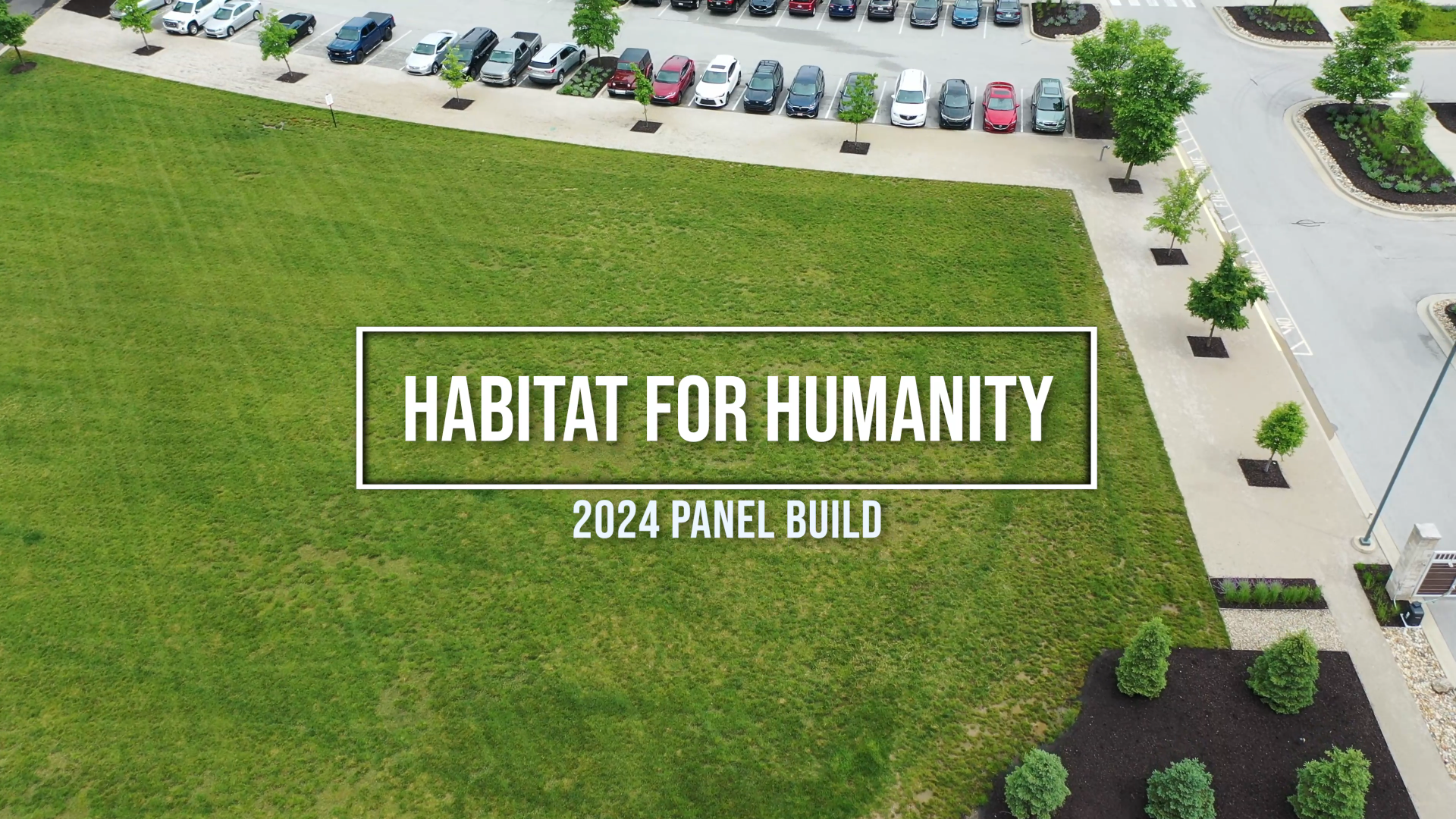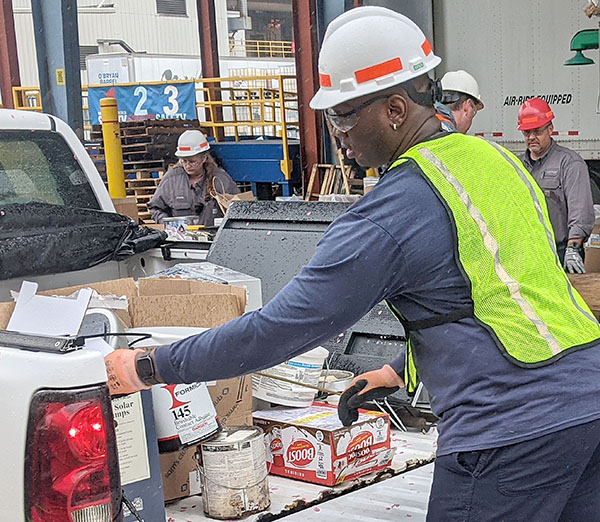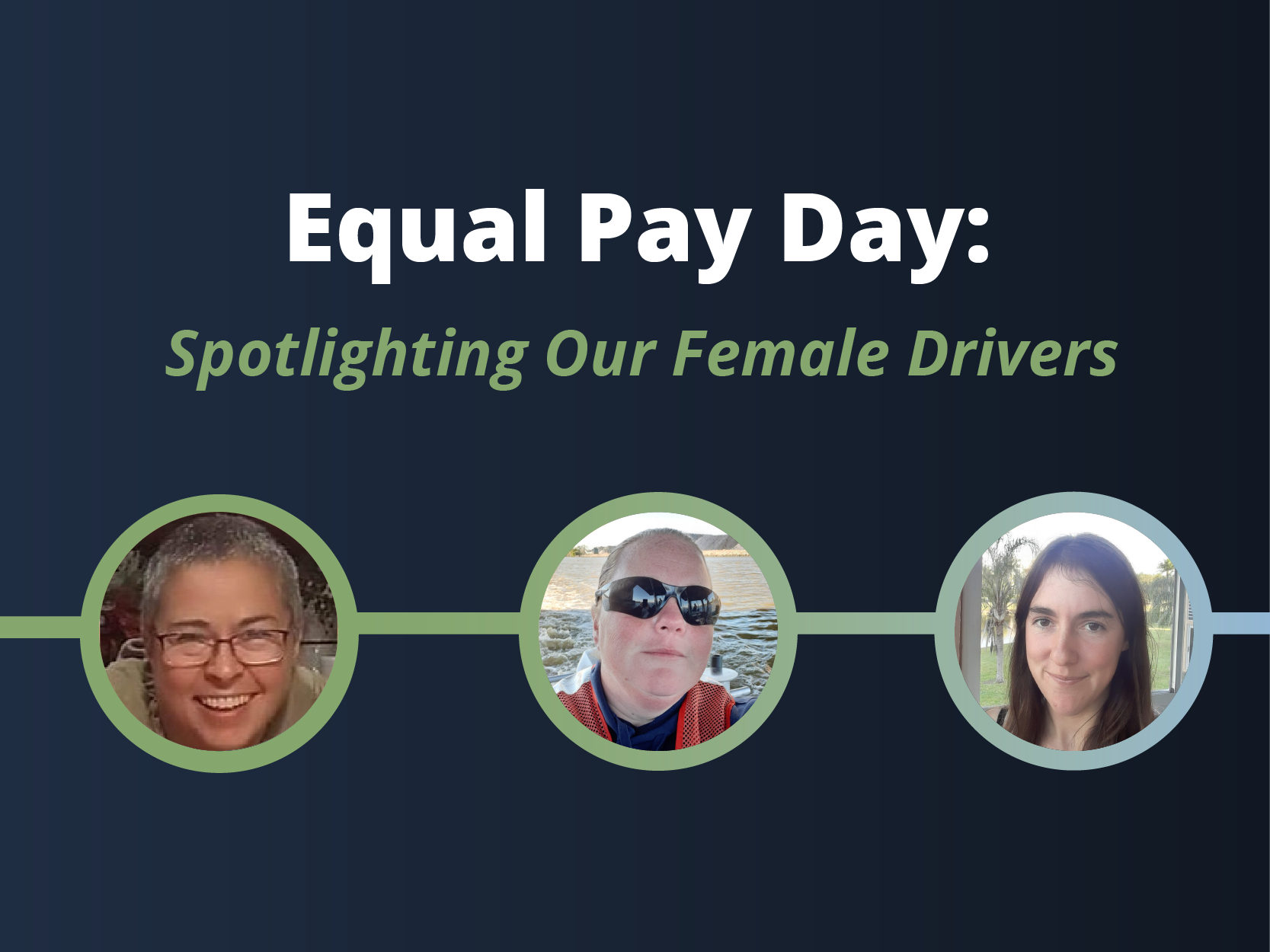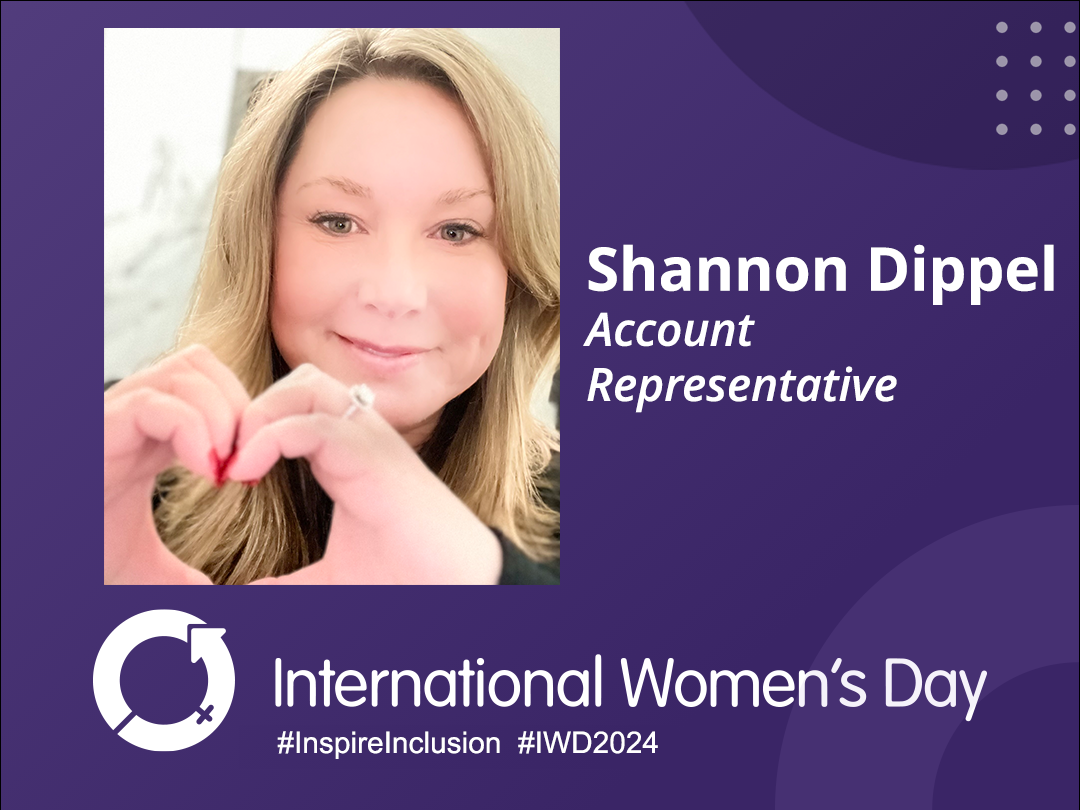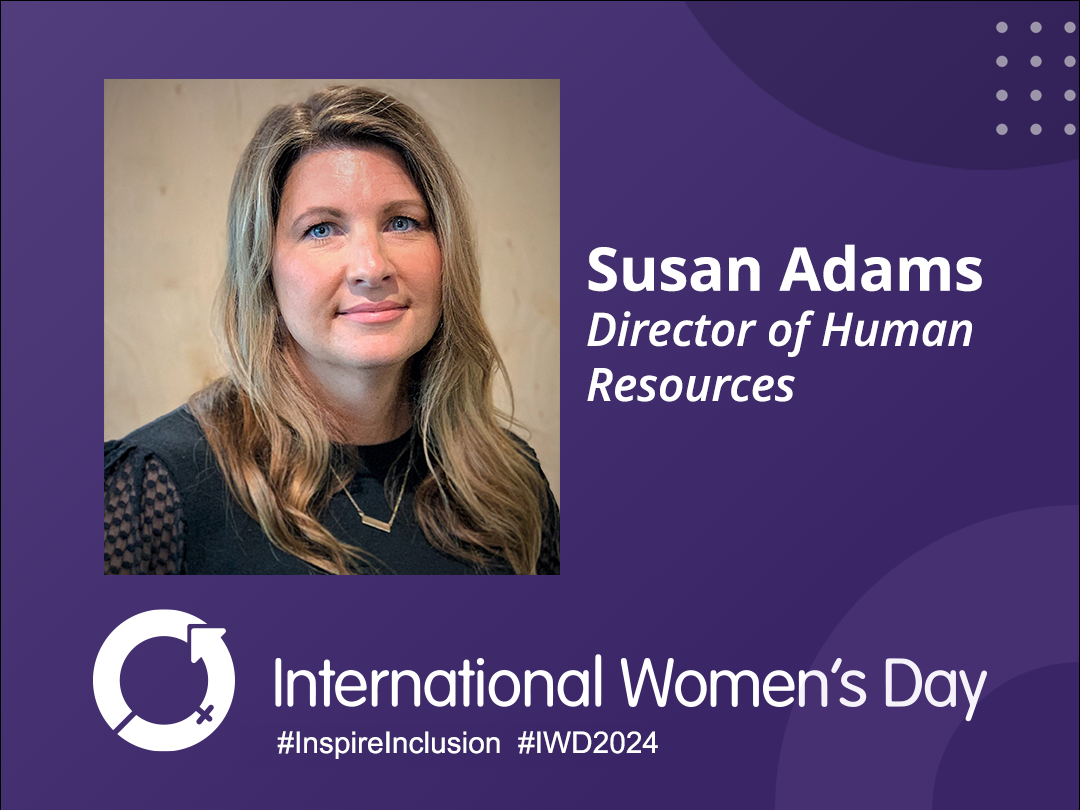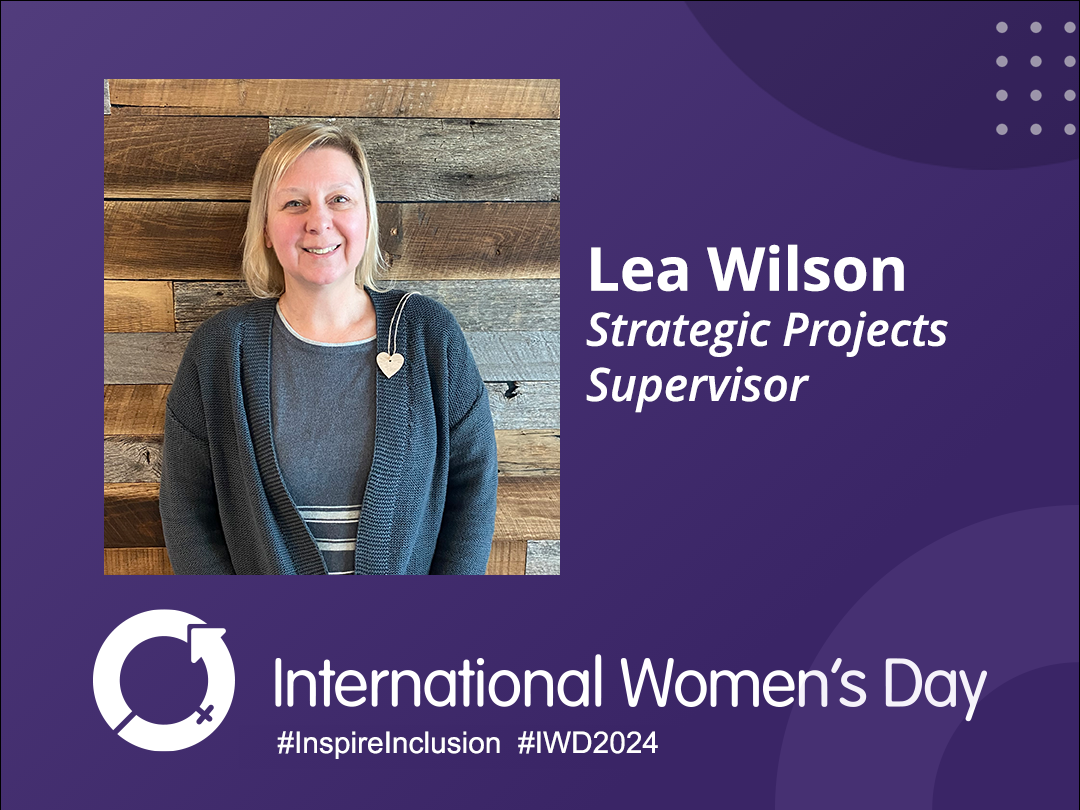
Last week we posted about the three different classifications of hazardous waste generators; small quantity generators (SQGs), Large Quantity Generators (LQGs), and Conditionally Exempt Small Quantity Generators (CESQGs). These three categories are broken down based on the quantity of hazardous waste generated in a calander month.
Since hazardous waste generators are divided into these three separate categories based on the amount of waste they generate, it stands to reason that waste counting would be an important aspect of hazardous waste generation.
In order to properly determine their generator classification, generators must count the quantity of waste produced each month. The regulations about which hazardous wastes must be counted in a generators monthly determination can be found in 40 CFR §261.5 (c) and (d).
According to the EPA, “a generator must include all hazardous waste that it generates, except hazardous waste that:
- Is exempt from regulation in §§261.4(c) through (f), 261.6(a)(3), 261.7(a)(1), or 261.8
- Is managed immediately upon generation only in on-site elementary neutralization units,
- Is recycled, without prior storage or accumulation, only in an on-site process subject to regulation in §261.6(c)(2)
- Is used oil managed under the requirements in §261.6(a)(4) and Part 279
- Is spent lead-acid batteries managed under the requirements in Part 266, Subpart G
- Is universal waste managed pursuant to §261.9 and Part 273.”
In order to avoid double counting, §261.5 allows for some wastes not to be counted when determining generator classification. All of these wastes are counted when initially generated. These include:
- Hazardous waste when removed from on-site storage.
- Hazardous waste produced by on-site treatment (including reclamation) as long as the hazardous waste was counted once.
- Spent materials generated, reclaimed, and subsequently reused on site, as long as the spent material is counted once during the calendar month.
All information for this blog post was gathered from the EPA document, “Introduction to Generators.” As always, this blog post is not intended to be comprehensive and it is always best to check with the EPA and local government for full, up-to-date, rules and regulations.
More News From Heritage
-
6/27/24
Heritage Environmental Services to Acquire EBV from General Dynamics
Heritage Environmental Servicess, an EQT Infrastructure portfolio company, will acquire EBV from General Dynamics
-
6/13/24
Meet The Facilities – East Liverpool
An inside look at our incineration facility located in East Liverpool, OH
-
5/24/24
Habitat for Humanity 2024
Heritage hosted our 14th annual Habitat for Humanity build this month, partnering with over 50 employees from various THG companies.
-
5/6/24
Date set for the household hazardous waste collection in East Liverpool, Ohio
-
3/12/24
Equal Pay Day – Spotlighting Our Female Drivers
-
3/8/24
International Women’s Week Spotlight – Shannon Dippel
For International Women's Week, we're spotlighting some of the incredible women in the Heritage family. Our final spotlight is Shannon Dippel.
-
3/8/24
International Women’s Week Spotlight – Susan Adams
For International Women's Week, we're spotlighting some of the incredible women in the Heritage family. Our sixth spotlight is Susan Adams.
-
3/7/24
International Women’s Week Spotlight – Lea Wilson
For International Women's Week, we're spotlighting some of the incredible women in the Heritage family. Our fifth spotlight is Lea Wilson


